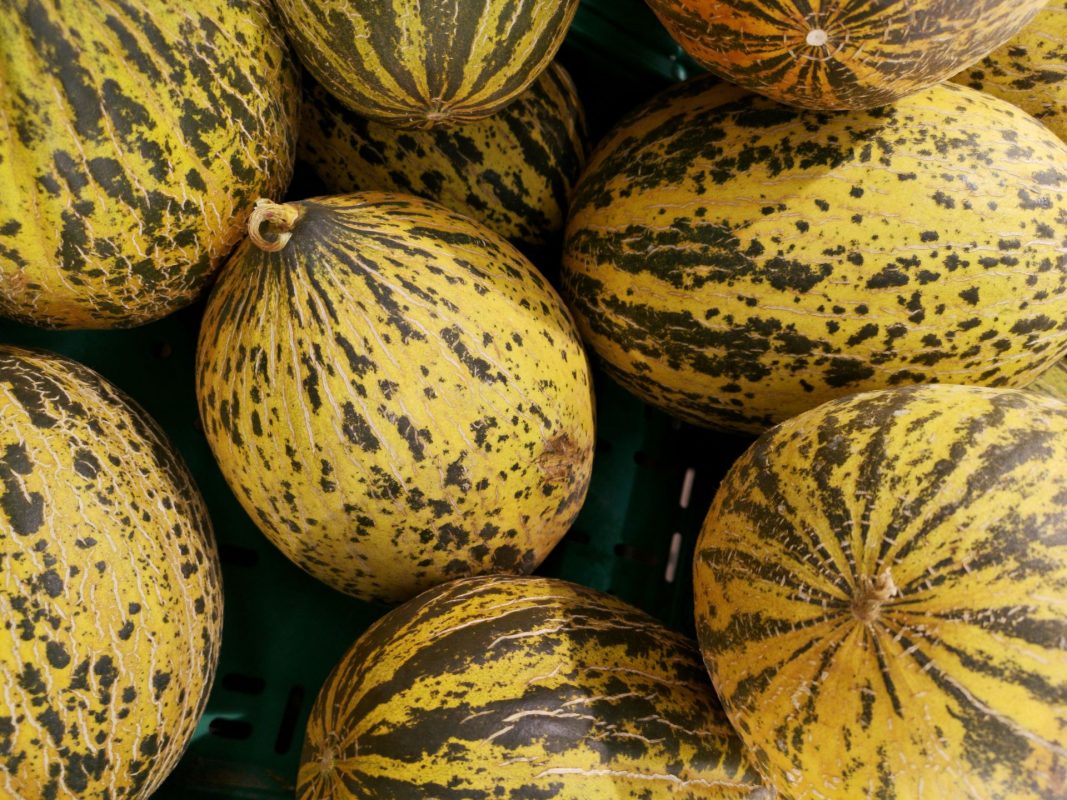YETRAC
Cultivation of Cantaloupe: A Comprehensive Guide
Cultivation of Cantaloupe: A Comprehensive Guide
Optimizing Cantaloupe Cultivation for Maximum Yield
Cantaloupe, a versatile and beloved fruit, is characterized by its annual growth cycle. With its hairy stems, trailing vines, and five-lobed leaves, the cantaloupe plant exhibits distinctive features. It boasts two types of flowers: male and female, or staminate. Male flowers appear on the main stems, while female or staminate flowers develop on lateral branches. The pollination process crucial for cantaloupe is facilitated significantly by the presence of bees.
Climatic Requirements
Thriving in warm and temperate climates, cantaloupe necessitates ample sunlight, warm temperatures, and moderate soil moisture throughout its extended growing season. Thus, similar to other warm-season vegetables, cantaloupe seeds should be sown only after the soil temperature rises above 15°C, following the dissipation of cold threats in spring. Regions with high humidity levels are susceptible to fungal diseases, highlighting the importance of avoiding frost hazards throughout the growth cycle.
Soil Preferences
Cantaloupe cultivation thrives in deep, well-drained soils with high water retention capacity, enriched with essential nutrients, and characterized by sandy-loamy or loamy-sandy textures. Acidic soils are unsuitable, with pH levels ranging from 6.0 to 8.0 being ideal for optimal growth. Sandy-loamy soils are preferred for early-season cultivation, while clayey soils are suitable for late-season production.
Soil Preparation
Preparing the soil for cantaloupe cultivation should commence after the first autumn rains. The initial tillage can be performed while the soil is in a tilled state during the first rains. Subsequent soil preparation occurs in February-March, utilizing a cultivator to render the land ready for planting. In case of weed emergence before planting, additional cultivation may be necessary.
Planting
Before sowing cantaloupe seeds, furrows should be drawn with a row spacing of 2 meters. Seeds are then sown along these furrows, with one-sided placement at intervals of 75 cm per row. Approximately 4-5 seeds should be left per hill, covered with 5-6 cm of soil and gently pressed down for firmness.
Seedling Propagation and Transplanting
For early yields, cantaloupe can be grown from seedlings. Plastic bags with six perforations, measuring 10×13 cm, are filled with garden soil or seedling mix. Four to five seeds are sown in each bag at a depth of 4-5 cm, approximately 3-4 weeks before the intended planting date. Seedlings emerge within 5-15 days, at which point thinning to leave two healthy seedlings per bag is recommended. Once the seedlings develop 3-4 true leaves, they can be transplanted into the field, ensuring proper watering post-transplanting.
Fertilization
Given cantaloupe’s preference for organic-rich soils, applying farmyard manure or green manure before seed sowing is beneficial. Incorporating 3-4 tons of farmyard manure per hectare during autumn plowing facilitates nutrient release for plant uptake. The specific type and quantity of fertilizers depend on soil type, composition, and existing nutrient levels, which can be determined through soil analysis.
Irrigation
Cantaloupe seedlings, once established in the field, require initial watering for proper growth. However, excessive irrigation is unnecessary until fruit formation begins. Subsequent irrigation intervals should be adjusted according to soil type, water retention capacity, evaporation rates, plant growth, and seasonal rainfall patterns. Careful attention to watering during fruit maturation is crucial, minimizing direct contact between plants and water to prevent issues.
Maintenance
Shortly after emergence, thinning should be performed to leave two healthy seedlings per hill, with roots loosened and soil mounded around the stems. Inter-row cultivation with a cultivator is essential for weed control and breaking up surface crust. Secondary thinning may be necessary as plants develop, leaving 1-2 vigorous plants per hill. Regular cultivation helps prevent shallow root damage while facilitating proper aeration and nutrient uptake.
Pruning and Thinning
To promote fruit size and quality, pruning excess shoots and thinning fruits to one or two per node is recommended. Removing shoot tips redirects plant resources from vegetative growth to fruit development, resulting in larger, tastier fruits.
Harvesting and Storage
Cantaloupes should be harvested at full ripeness, either by hand-picking or using a sharp knife to sever the stem. Harvesting should be conducted in the morning, and harvested fruits should be promptly transported to the market or storage facilities to avoid prolonged exposure to sunlight. If storing cantaloupes for an extended period, periodically rotating them helps prevent spoilage.

